Revisiting Ancient Huangpu Port, Guangzhou, China
2009 12 21
All photos and video clips on this page are copyrighted by , unless otherwise indicated. Please kindly contact me at Zmx5aW5nQGZseWluZy13Lm5ldA== if you want to use any of them elsewhere. There are also the original (high resolution) photos and video clips available.
After one and a half years, is revisiting the Ancient Huangpu Port at Shiji Village, Pazhou. Since the last visit, farmhouse restaurants along the river and boat restaurants around the fishery pond have all been banned for their polution to the waters. With the village market still thriving, those banned have transformed into fruit and vegetable farms and in-house restaurants spread around the village, respectively.
Shiji Village is enjoying a steady influx of visitors, many are elderlies (public transport is free in Guangzhou for those above 65 years old), from all around the city every day. There is no wonder that the business of the village market, the fruit and vegetable farms, as well as the village restaurants, is just getting ever better.
 stitched photo
stitched photoThe thriving village market in Shiji Village, Pazhou, Haizhu District
 stitched photo
stitched photoTwo big chicken and birds stalls in the village market
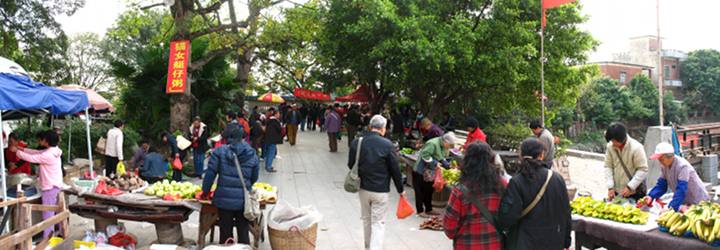 stitched photo
stitched photoThe village market has grown in popularity among elderlies from the city
 stitched photo
stitched photoA moment of rare tranquility in the bustling village
As the “No.1 Port of Guangdong,” Ancient Huangpu Port was one of the starting points of the Maritime Silk Routes. Despite the name of “silk route”, shiploads of merchandise, not just silk, but also many other Chinese products, had been shipped from here to all over the world throughout the Chinese history.
Following is a brief introduction of major exports that were shipped from here in the old days (in Simplied Chinese):

Silk

Tea
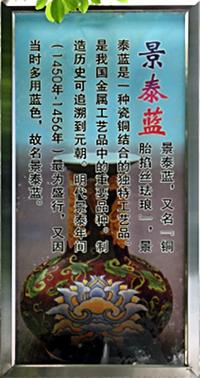
Cloisonné
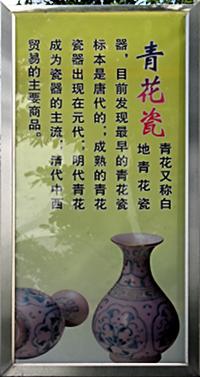
Blue and white porcelain

Colour enamal porcelain
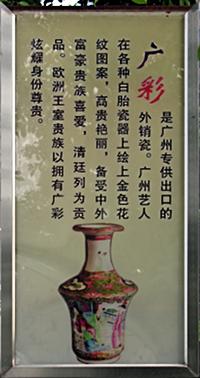
Cantonese painted porcelain

Shiwan art pottery
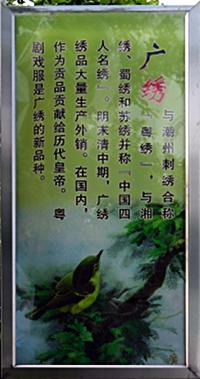
Cantonese embroidery
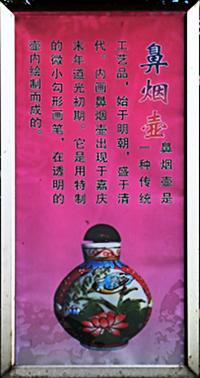
Inside-painted snuff bottle
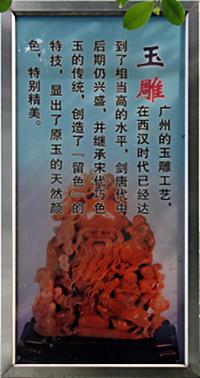
Jade carving

Ivory carving

Wood carving
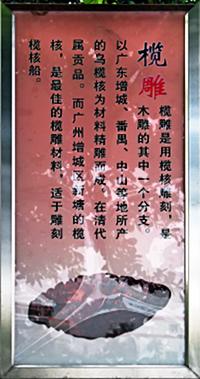
Olive-stone carving

Stone carving
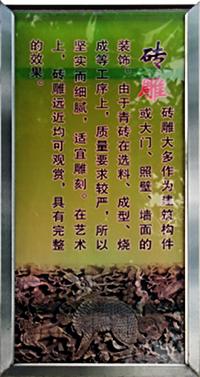
Brick carving
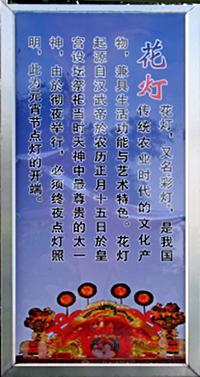
Festive lantern

Palace lantern
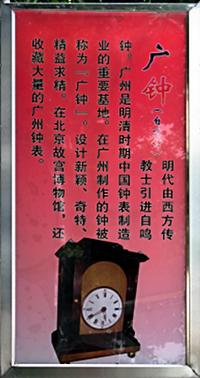
Cantonese clock (chime clock)
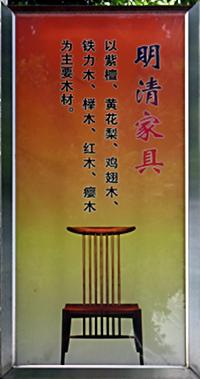
Furniture of Ming & Qing Dynasties



![[EN]](../pix/flag/en.png) English
English![[简]](../pix/flag/zh-Hans.png) 简体中文
简体中文![[繁]](../pix/flag/zh-Hant.png) 繁體中文
繁體中文

![HTML 5 validated [HTML 5]](../pix/logo/HTML_5.png)
![Google Analytics [GA]](../pix/logo/GA-.png)